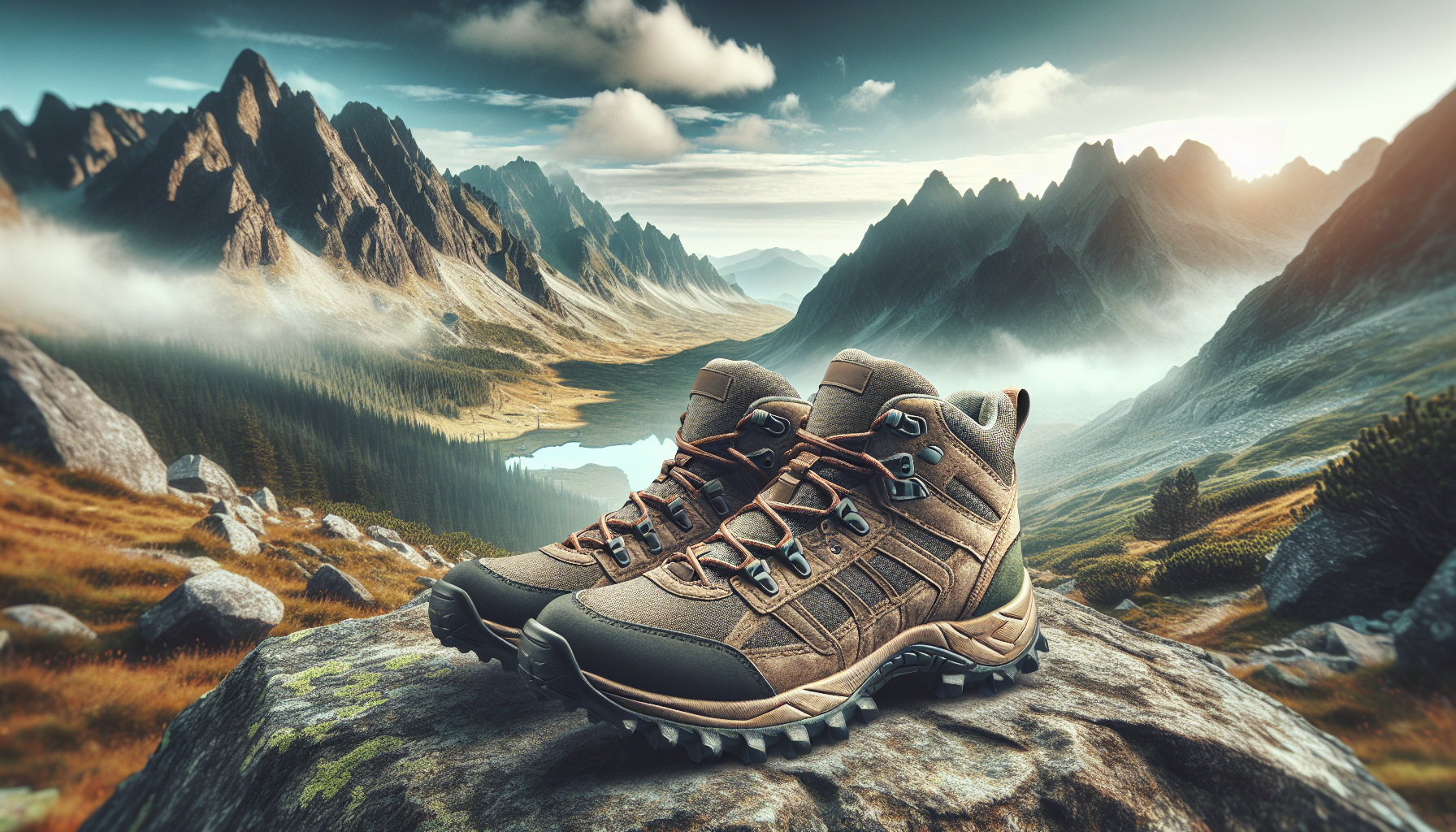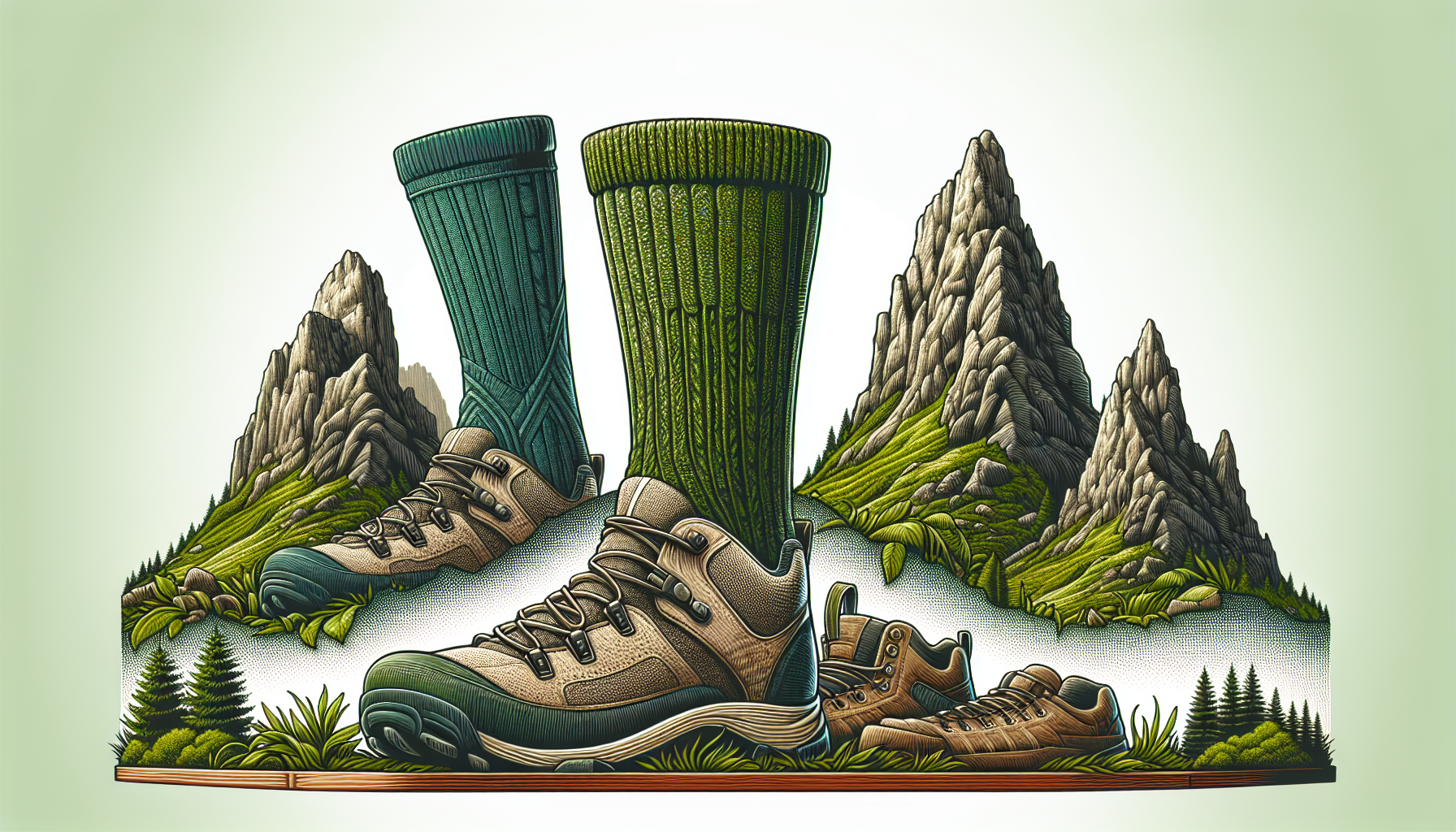The Ultimate Guide to Trekking Poles: Enhancing Your Hiking Experience
Are you an avid hiker looking to take your outdoor adventures to the next level? Have you ever considered incorporating trekking poles into your hiking gear? Trekking poles, also known as hiking poles or walking sticks, are valuable tools that can provide numerous benefits to hikers of all skill levels. Whether you’re a seasoned mountaineer tackling challenging terrain or a casual nature enthusiast exploring local trails, trekking poles can make a significant difference in your hiking experience. In this comprehensive guide, we will delve into the world of trekking poles, exploring their history, benefits, how to use them effectively, and much more.
The History of Trekking Poles
Trekking poles have been used for centuries by various cultures around the world. In ancient times, walking sticks were essential tools for travelers, hunters, and shepherds to navigate rough terrain and provide stability. The modern trekking pole, as we know it today, was popularized in the 1980s by outdoor enthusiasts and mountaineers looking for additional support and balance while hiking. Since then, trekking poles have evolved in design and functionality, becoming indispensable accessories for hikers of all ages.
Today, trekking poles are made from lightweight materials such as aluminum, carbon fiber, or composite materials, making them durable and easy to carry. They typically feature adjustable lengths, ergonomic handles, wrist straps, and removable baskets for different types of terrain. Some trekking poles even come with shock-absorbing mechanisms to reduce impact on your joints while hiking on rocky or uneven surfaces.
The Benefits of Using Trekking Poles
There are numerous benefits to using trekking poles during your hiking adventures. Here are some of the key advantages:
1. Improved Stability and Balance:
Trekking poles provide additional points of contact with the ground, enhancing your stability and balance while hiking on steep or uneven terrain. They can help you navigate tricky sections of the trail, cross streams, or traverse rocky surfaces with greater confidence.
2. Reduced Strain on Joints:
By using trekking poles, you can distribute the weight of your body more evenly, reducing the strain on your knees, hips, and ankles. This is especially beneficial during descents when your joints are under increased pressure. Trekking poles can help alleviate discomfort and prevent injuries, allowing you to hike longer and more comfortably.
3. Increased Endurance:
Using trekking poles can help you maintain a consistent pace and reduce fatigue during long hikes. By engaging your upper body muscles, you can take some of the load off your legs, conserving energy and improving your overall endurance. This can be particularly helpful on challenging trails or multi-day expeditions.
4. Enhanced Propulsion:
Trekking poles can provide an extra push as you ascend steep slopes or navigate snowy terrain. By planting the poles firmly and pushing off, you can propel yourself forward and maintain momentum, making uphill climbs more manageable and efficient.
5. Versatility:
Aside from their primary function as walking aids, trekking poles offer versatile uses on the trail. You can use them to probe the depth of puddles or mud, clear spider webs from your path, create makeshift shelters, or even fend off wildlife if necessary. Their multifunctionality makes them valuable tools in various outdoor situations.
How to Choose and Use Trekking Poles
When selecting trekking poles, there are several factors to consider to ensure you choose the right ones for your needs:
1. Material:
Decide whether you prefer lightweight aluminum poles for durability, carbon fiber poles for reduced weight, or a combination of materials for the best of both worlds. Consider the type of terrain you will be hiking on and choose poles that can withstand the conditions.
2. Adjustability:
Look for trekking poles with adjustable lengths to accommodate different terrains and hiker heights. Poles with easy-to-use locking mechanisms allow you to customize the length quickly while on the trail.
3. Grip and Straps:
Choose trekking poles with comfortable, ergonomic grips that fit your hands well. Some poles come with padded straps to help reduce hand fatigue and improve stability. Test different types of grips to find the most comfortable option for your hands.
4. Shock Absorption:
If you have joint issues or prefer added comfort, consider trekking poles with built-in shock absorption systems. These features can help reduce the impact on your joints and muscles, especially during long hikes or when carrying a heavy pack.
5. Baskets:
Select poles with interchangeable baskets to suit different trail conditions. Larger baskets are ideal for snow or mud, while smaller baskets work well on rocky or sandy terrain. Having the right baskets can improve your traction and prevent the poles from sinking into soft ground.
Once you have chosen the right trekking poles, it’s essential to use them correctly to maximize their benefits:
1. Adjust the Length:
Start by adjusting the length of your trekking poles based on the type of terrain and your height. Most poles allow you to extend or retract them to find the optimal length for your comfort and stability. As a general rule, your elbows should form a 90-degree angle when holding the poles with your hands on the grips.
2. Grip Placement:
Hold the poles with a relaxed grip, placing your hands through the straps from underneath. This allows you to push off the poles efficiently without straining your wrists or hands. Adjust the straps to ensure a secure fit that prevents the poles from slipping out of your grasp.
3. Planting and Swinging:
Plant your trekking poles firmly on the ground slightly ahead of you as you walk. Use them to support your weight and provide stability as you move forward. Swing your arms naturally to maintain a rhythmic motion that complements your stride and pace.
4. Uphill and Downhill Techniques:
When ascending steep slopes, shorten your poles and use them to push yourself upward, leveraging the poles to propel you forward. On descents, lengthen the poles slightly and plant them securely to absorb the impact and reduce strain on your joints. Find a comfortable rhythm that suits the terrain and your hiking style.
Expert Opinions on Trekking Poles
According to renowned hiking experts and outdoor enthusiasts, trekking poles are invaluable tools that can enhance your hiking experience in various ways. Expert hikers recommend using trekking poles to improve stability, reduce joint strain, and increase endurance on the trail. They emphasize the importance of choosing high-quality poles that suit your hiking style and preferences, highlighting the versatility and practicality of trekking poles in different outdoor scenarios.
Common Misconceptions about Trekking Poles
Despite their many benefits, trekking poles are sometimes misunderstood or underestimated by hikers. One common misconception is that trekking poles are only necessary for older or injured hikers. In reality, trekking poles can benefit hikers of all ages and fitness levels, providing additional support and comfort during hikes. Another misconception is that trekking poles are cumbersome or unnecessary, particularly on easy trails. However, even on flat terrain, trekking poles can aid in maintaining a consistent pace, reducing fatigue, and preventing injuries.
Conclusion
As you can see, trekking poles are versatile accessories that can greatly enhance your hiking experience. Whether you’re tackling challenging peaks or leisurely strolling through scenic trails, trekking poles offer numerous benefits that can improve your stability, endurance, and overall enjoyment of the outdoors. By choosing the right trekking poles and using them correctly, you can hike more comfortably, confidently, and safely in any environment. So, next time you hit the trail, consider adding trekking poles to your gear and experience the difference they can make in your hiking adventures.
To wrap things up, trekking poles are not just tools; they are your reliable companions on the journey to new heights and unforgettable experiences in the great outdoors.




